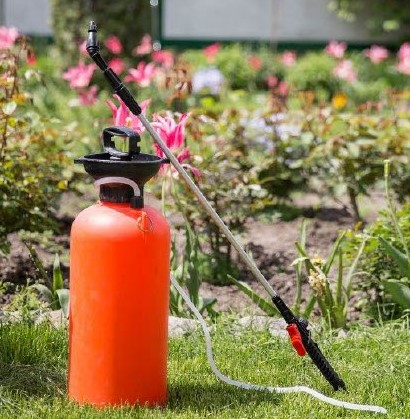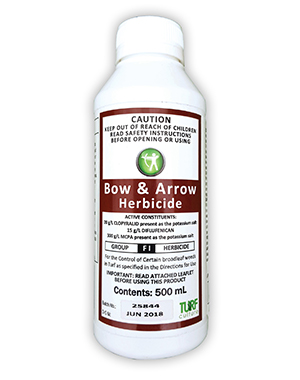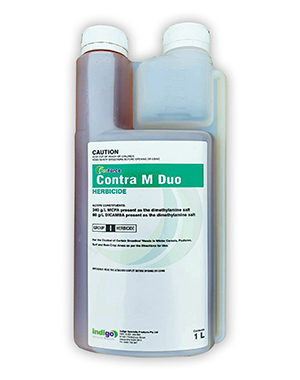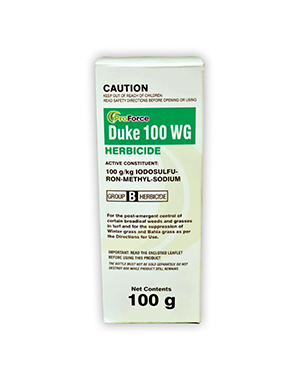What are Perennial Weeds?
Perennial Weeds are longer lived plants that can survive winter or regrow from roots, rhizomes or tubers in spring after a period of dormancy. Many weeds that grow from seed ...

 Capeweed (Arctotheca calendula) originated in southern Africa but has become widely naturalised across most Australian states.
Capeweed (Arctotheca calendula) originated in southern Africa but has become widely naturalised across most Australian states.
It is considered an environmental weed in New South Wales, South Australia, Victoria, Western Australia, the ACT and the Northern Territory.
Capeweed can be poisonous to animals, such as horses and cattle because it accumulates toxic levels of nitrate especially during rain after a long dry spell.
A low-growing annual herbaceous plant, Capeweed is semi-upright and common in gardens, lawns, sports fields, footpaths, roadsides, horse paddocks and on farmland and natural grasslands.
It is also known as Cape Daisy, Cape Dandelion, Cape Marigold, Marigold, South African Capeweed or Silver Spreader.
The plants develop a rosette of deeply lobed leaves that are hairless or slightly hairy and have whitish felt-like undersides.
The pale yellow petals on the daisy-like flowers are green or purplish on the back and the flower heads have dark purplish centres made up of tiny tubular flowers.
Flowering occurs mainly during late winter and spring. Capeweed plants produce thousands of tiny seeds which are dispersed by wind, animals, birds and on clothing and shoes.
Seeds can also be spread in contaminated soil, dumped garden waste, by vehicles and machinery, and in contaminated hay used to feed horses or as mulch.
 Depending on the size of the infestation and the age of the plants, there are two main methods of control: manual and chemical.
Depending on the size of the infestation and the age of the plants, there are two main methods of control: manual and chemical.
Small outbreaks can be dug up, taking care to remove plants before flowering to ensure they don’t drop seeds that will germinate the following year and for up to seven years after that.
Ensure the fleshy taproot is severed well below ground level to prevent re-sprouting from the crown.
If there are too many plants to make chipping them out practical, there are several herbicides that will do the job.
The best time of year for spraying Capeweed is September to November when both weeds and turf are actively growing.
Glyphosate can be effective on Capeweed, but as a non-selective herbicide it will poison everything it touches, including the lawn. It’s best reserved for careful application to weeds on driveways, paths, bare soil or around patios and in garden beds.
Selective herbicides are less dangerous to your lawn and two treatments six weeks apart should fix it.
Before using any herbicide, check product labels to make sure they’re suitable for the type of grass you have and follow the instructions and safety directions. Observe withholding periods for grazing animals.
Always wait a few days after spraying before watering or mowing.

Turf Culture Bow and Arrow 500ml liquid herbicide offers outstanding control of Capeweed at low application rates. It may take 10 days or more to see results. Bow and Arrow is suitable for use on Zoysia, Kikuyu, Couch and Buffalo grasses. It may cause temporary discolouration of Kikuyu, Carpet and Queensland Blue Couch lawns.
SHOP NOW
Indigo ProForce Contra M 1L is a reliable, selective liquid herbicide registered for the control of Capeweed in Zoysia, Kikuyu and Couch grasses. It is not suitable for Buffalo lawns.
SHOP NOW
Indigo Duke 100WG 100gm is a Group B liquid herbicide suitable for post-emergent control of Capeweed in Kikuyu, Buffalo and common and hybrid Couch. It is not suitable for Queensland Blue Couch or Zoysia grasses.
SHOP NOW A healthy, dense lawn is the best defence against all weeds, regardless of the type of grass you have.
A healthy, dense lawn is the best defence against all weeds, regardless of the type of grass you have.
A solid maintenance program will go a long way to helping your lawn resist intrusion by Capeweed, which thrives in bare ground and disturbed soil.
Make sure your lawn care program includes regular:
If you buy hay for use in the garden or to feed horses, cows and other animals, ensure it is free from weeds.
And if your neighbours also have a Capeweed problem – which is highly likely – try working together to get on top of it.
The Ultimate Turf Maintenance and Lawn Care Guide has lots of useful tips and you can browse the myhomeTURF online store for a range of leading lawn care products.